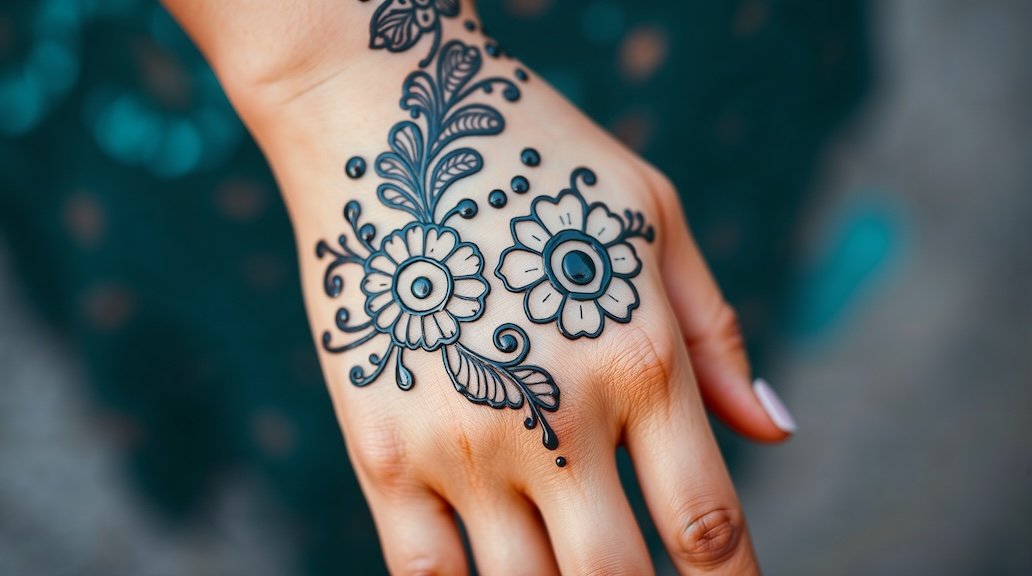Table of Contents
Introduction
Arabic back hand mehndi designs have become a favorite among young Indian enthusiasts who appreciate the blend of tradition and modern flair. This style, known for its bold, flowing floral patterns and generous negative space, offers a refreshing alternative to denser, more intricate Indian designs. The designs typically feature big, statement motifs like oversized roses or stylized paisleys that gracefully extend from the wrist towards the fingers.
Many young people find Arabic mehndi perfect for festivals, weddings, and casual celebrations. In this guide, you’ll learn about the unique characteristics of Arabic back hand mehndi, explore the latest design trends, and receive step-by-step instructions along with tips and recommended tools. Whether you’re a beginner or a seasoned artist, this article will equip you with practical techniques and inspiring ideas for creating your own stunning Arabic back hand mehndi design.
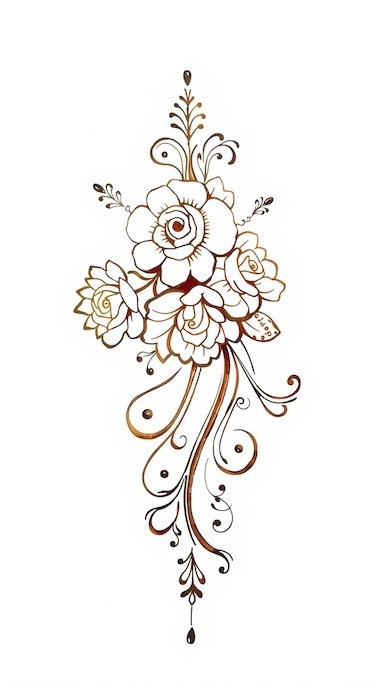
If you’re interested in other mehndi options then check out our articles on Arabic Full Hand Mehndi Designs and Arabic Front Hand Mehndi Designs. For a high level overview see our article on Arabic Mehndi Designs.
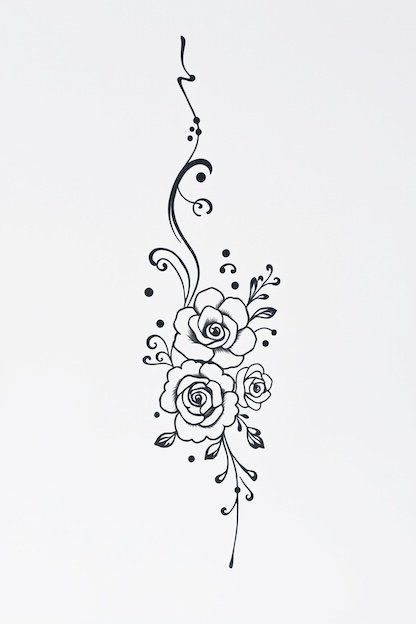
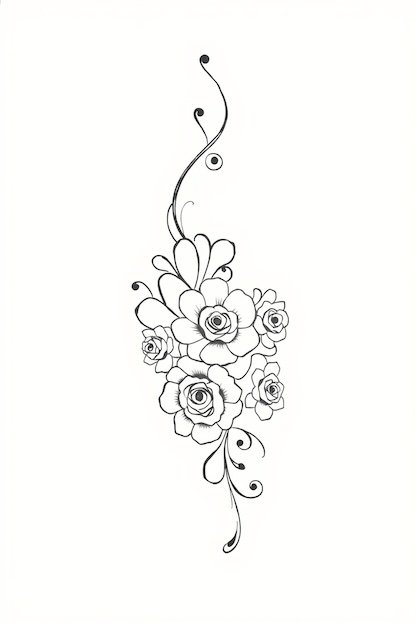
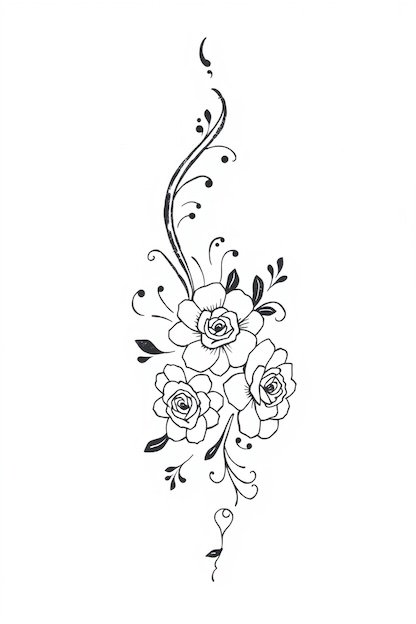
Background & Key Characteristics
Arabic back hand mehndi designs stand apart due to their distinct style elements. Unlike the densely filled Indian mehndi, Arabic designs focus on simplicity and elegance. They typically showcase:
Bold, flowing outlines: Using slightly thicker lines, these designs emphasize key motifs such as large roses, paisleys, and sweeping vines.
Generous negative space: Instead of covering the entire hand, these designs leave intentional gaps, enhancing the visual impact of each element.
Minimal yet striking details: The emphasis is on a few powerful motifs rather than a multitude of intricate patterns. This makes the designs both quick to apply and easier to maintain.
The simplicity allows the natural beauty of the hand to shine through, making it perfect for occasions ranging from festive celebrations to casual gatherings.

Design Elements & Techniques
Creating Arabic back hand mehndi designs involves a few distinctive elements and techniques that set this style apart:
Key Elements
Floral Motifs: Large, bold flowers (often oversized roses) serve as the central theme. These are drawn with clean, confident strokes and are usually placed at the wrist or center of the design.
Paisleys and Vines: The paisley, a teardrop-shaped motif, and winding vines are common. They help to connect the main floral elements while reinforcing the free-flowing nature of the design.
Negative Space: A trademark of Arabic mehndi is the deliberate use of empty skin. This negative space highlights the bold outlines and gives the design an airy, minimalist feel.
Bold Outlines: Lines are generally thicker compared to other styles. This approach creates a high-contrast effect that makes each element stand out. Minimal shading may be used within motifs, but overall, the design is kept uncluttered.
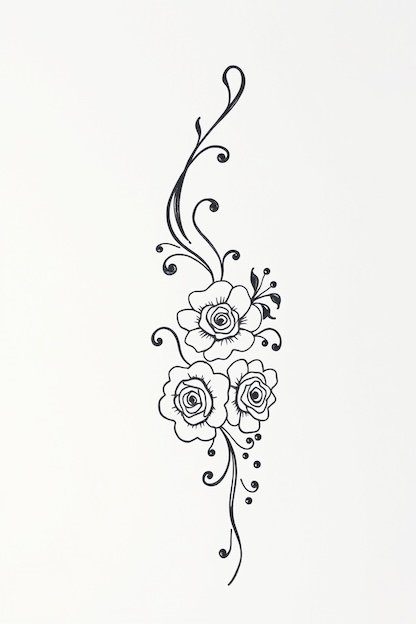
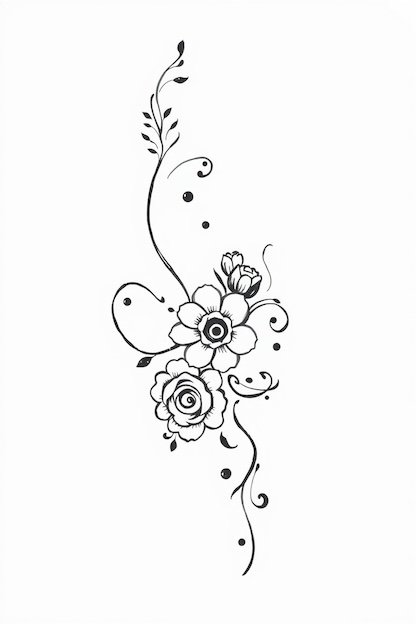
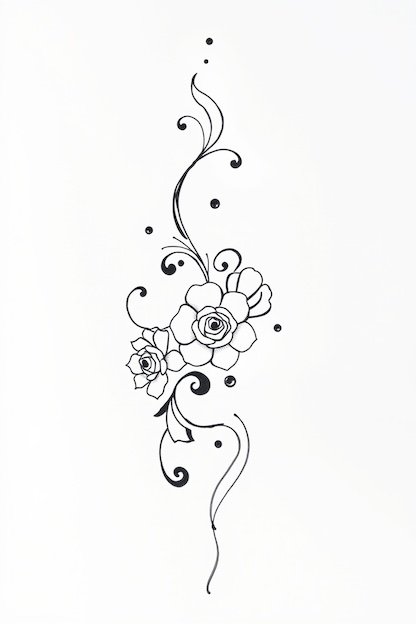
Techniques
Drawing the Outlines: Start by lightly sketching the basic shapes with the henna cone. Focus on drawing smooth, consistent curves that capture the natural flow of the design. Arabic mehndi is less about filling in detail and more about defining strong shapes.
Balancing Detail and Simplicity: While the primary motifs are drawn in bold strokes, you can enhance the design by adding small dot clusters or subtle curves. These additional details should be used sparingly to maintain plenty of open space.
Directional Flow: Arabic back hand mehndi designs often follow a diagonal pattern, beginning at the wrist and moving towards the fingers. This helps to elongate the hand and adds a dynamic, graceful movement to the overall design.
Modern Embellishments: In recent trends, some artists add touches of glitter or even small rhinestones to accentuate the design further. While not traditional, these modern additions can provide a fresh twist without detracting from the overall aesthetic.
When working on Arabic back hand mehndi designs, it is important to remember that less is more. The effectiveness of the design lies in the contrast between the bold, defined elements and the natural skin tone left uncovered. Each line should have a purpose, contributing to a balanced and visually appealing composition.
Below are several Arabic back hand mehndi designs from our gallery. To use designs like these, you don’t necessarily need to use the entire design as it is. For example, if you like a particular part of the design (e.g. the design on the finger), you can use that and combine it with a different hand design. More designs are included throughout this article for you. Click on the images to expand and print.
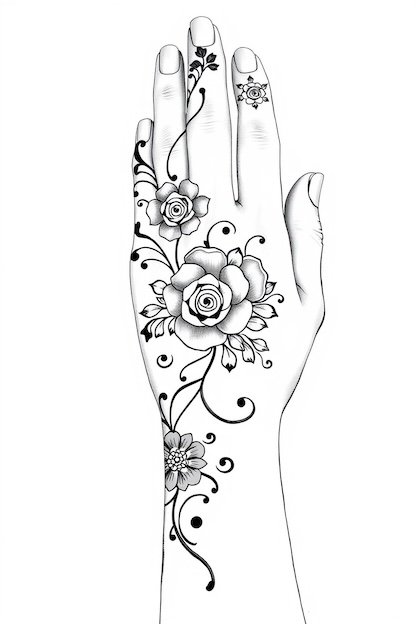

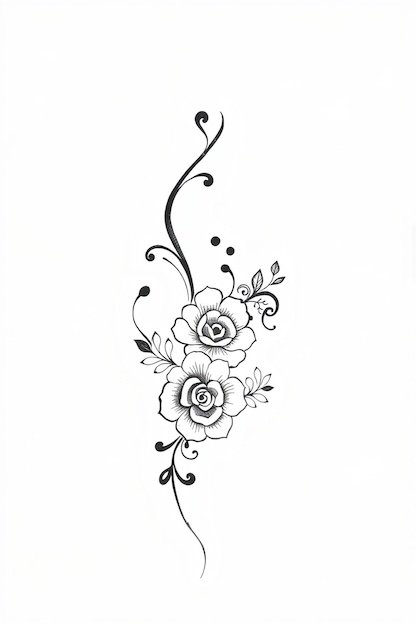
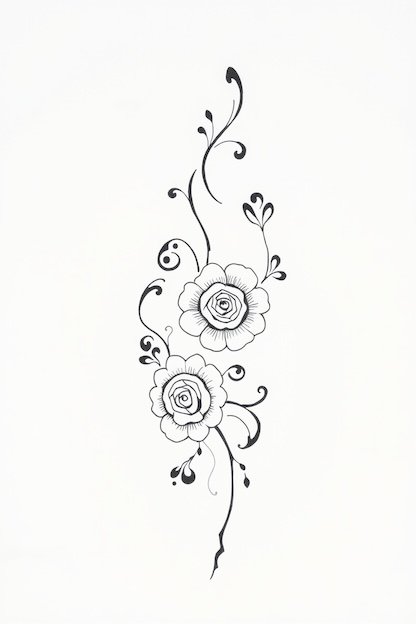

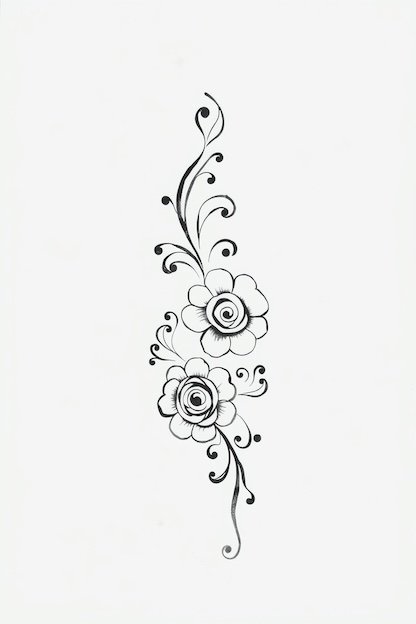
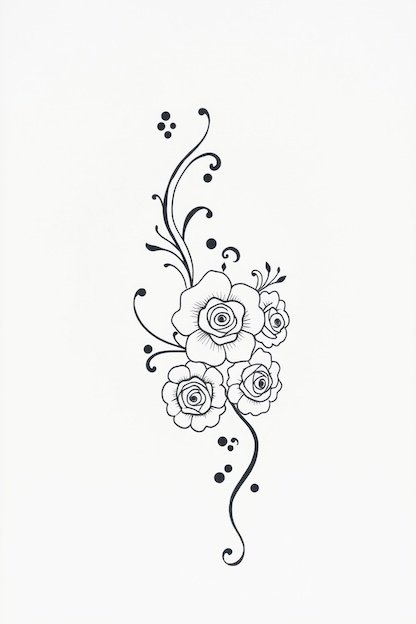
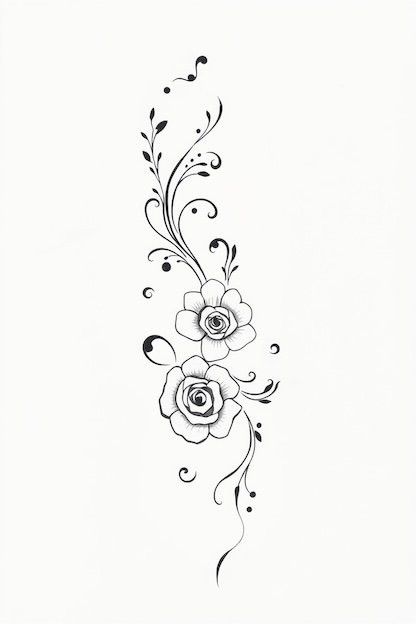

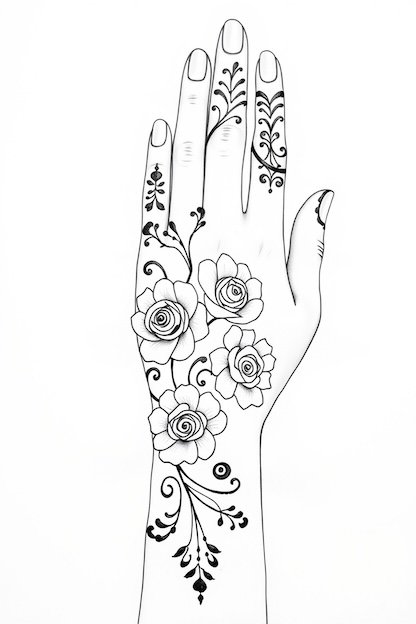
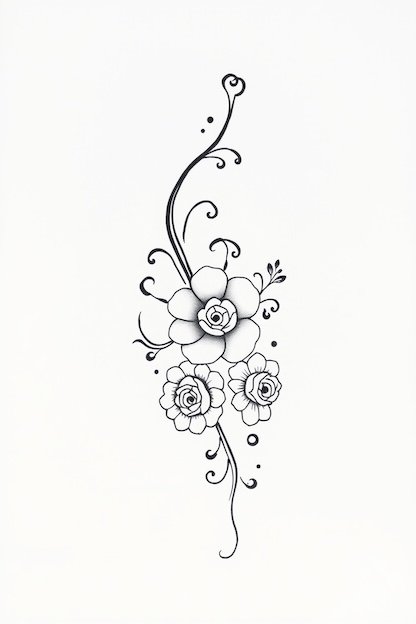
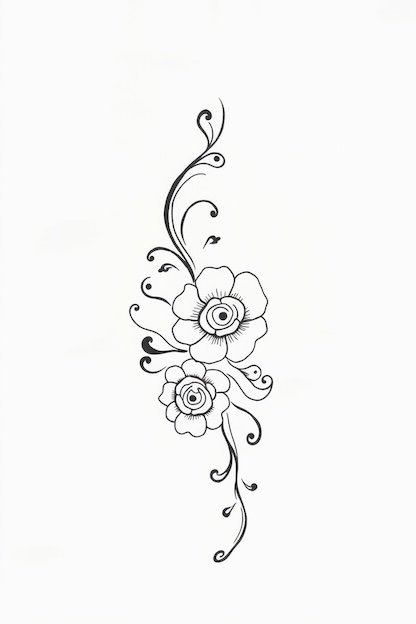

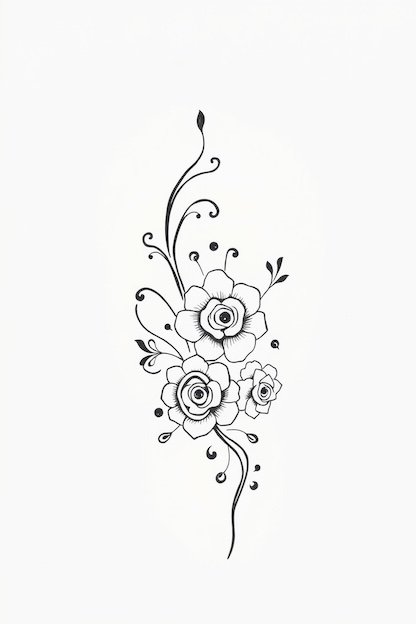
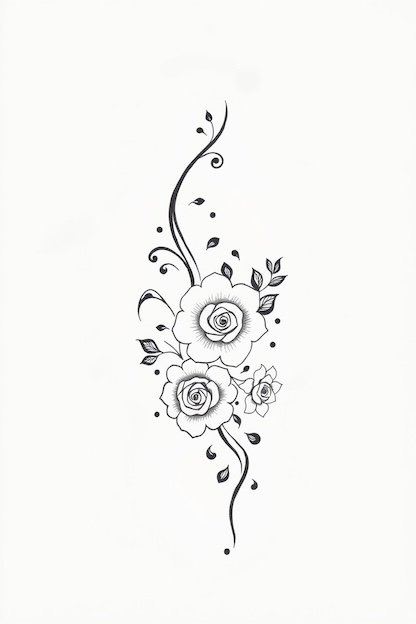
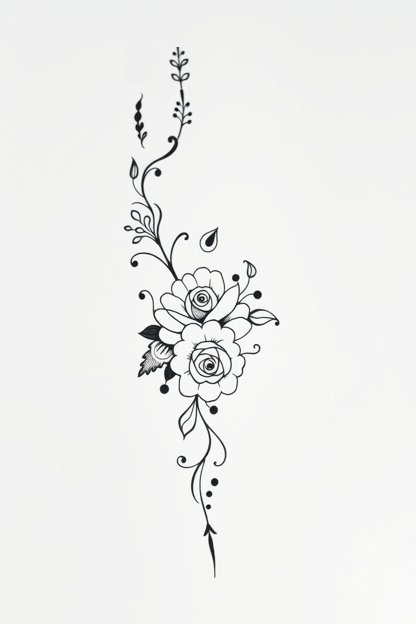
Step-by-Step Tutorial or Application Guide
Here’s a comprehensive, beginner-friendly tutorial to create Arabic back hand mehndi designs. This guide also includes a list of recommended tools for achieving professional results.
1. Preparing Your Workspace and Materials
Clean Your Hand: Begin by washing your hand thoroughly to remove oils and lotions. Pat dry completely.
Gather Your Tools: Make sure you have a fresh henna cone (or a quality applicator bottle), essential oil (eucalyptus or tea tree), a small bowl of lemon-sugar mixture, tissues, cotton swabs, and, if available, a henna stencil for practice.
Recommended Tools:
- Fresh Henna Cone: Look for one with a fine tip to achieve clean lines.
- Essential Oils: These help deepen the henna stain.
- Reference Stencils or Practice Sheets: Ideal for beginners to perfect basic strokes before applying on skin.
- Aftercare Supplies: Keep cotton swabs and a small container of lemon-sugar sealant handy.
2. Sketching the Base Motif at the Wrist
Start with a Bold Flower: At the wrist, draw a large, simple flower or mandala. Use confident, thick lines to define the petals. This central motif will serve as the design’s anchor.
Add Supporting Elements: On either side, add a couple of paisleys or curved leaf shapes. Keep the lines bold, as this is the most visible part of the design.
3. Creating a Diagonal Vine
Extend the Design: From the base motif, draw a smooth, curved line that travels diagonally across the back of the hand toward the fingers. This line should be free-flowing, resembling a vine or flowing ribbon.
Add Secondary Motifs: Along this vine, intermittently place smaller floral elements (e.g., mini-roses or paisleys) to enhance the design’s continuity. Ensure that these elements remain spaced out to keep the signature negative space intact.
4. Detailing the Fingers
Focus on One or Two Fingers: Let the vine travel up to one or two fingers—commonly the index or middle finger. At the base of the chosen finger, draw a smaller flower or decorative motif.
Accent the Fingertips: Add minimal detail near the nail, such as a cluster of dots or a small starburst. This will tie the overall design together without overwhelming the delicate area.
5. Finalizing and Aftercare
Review Your Design: Step back and examine your work. Use a cotton swab to gently fix any uneven lines or add subtle dot accents if needed.
Drying Process: Let the henna paste dry for about 20–30 minutes. Once it’s semi-dry, gently dab your lemon-sugar mixture over the design to lock the paste in place.
Post-Application Tips: Allow the paste to remain undisturbed for at least 2–4 hours, ideally longer, for a deep stain. Avoid washing your hands during this period. Once the paste is completely dry, scrape it off carefully using a flat edge. Do not wash the design with water immediately; instead, apply a light coat of oil to keep the stain intact.
Following these steps ensures that your Arabic back hand mehndi design will be both stunning and durable. With practice, the process will become smoother, and you’ll gain more confidence in creating unique, personal designs.
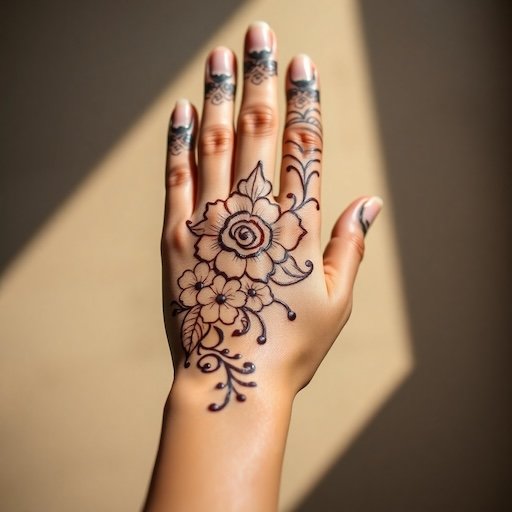
Variations or Popular Trends
As trends evolve, Arabic back hand mehndi designs continue to offer new twists while staying true to their core aesthetics. Here are some variations and popular trends:
Minimalist Approaches: More and more young artists are favoring minimalist designs, where one or two prominent floral motifs are paired with long, sweeping vines and vast negative spaces. This approach is ideal for those who want a subtle yet sophisticated look.
Indo-Arabic Fusion: The blending of Indian intricacy with Arabic boldness is gaining popularity. For instance, a thick Arabic outline might be filled with delicate Indian-inspired dot work or fine lines. This fusion offers the best of both worlds, allowing for richer detail without losing the airy feel.
Geometric Touches: Inspired by Middle Eastern architecture, some artists are incorporating geometric patterns like diamond shapes, simple grids, or zigzags into traditional floral layouts. These elements add a contemporary edge to the design.
Glitter and Embellishments: For festive occasions, a touch of cosmetic glitter or even small rhinestones can elevate the design. Artists often add these sparkles to the center of a large flower or along the vines to create a luxurious, celebratory look.
Multiple Accent Motifs: Some designs feature repeated small designs such as tiny roses or starbursts placed intermittently across the design. This variation keeps the design dynamic while ensuring that the negative space is not completely lost.
These trends allow you to customize your design according to personal taste and occasion. Experiment with these variations, blend them with your personal style, and enjoy creating a look that is uniquely yours.

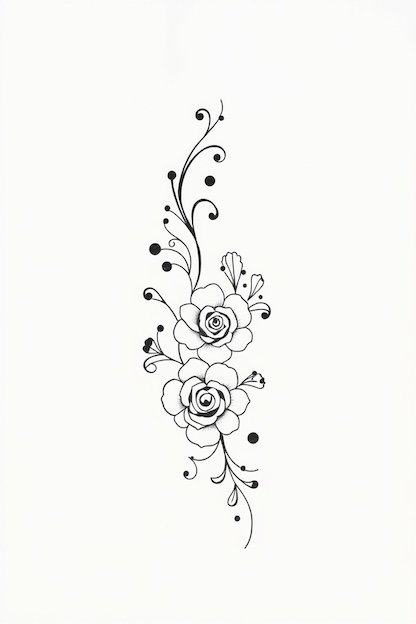
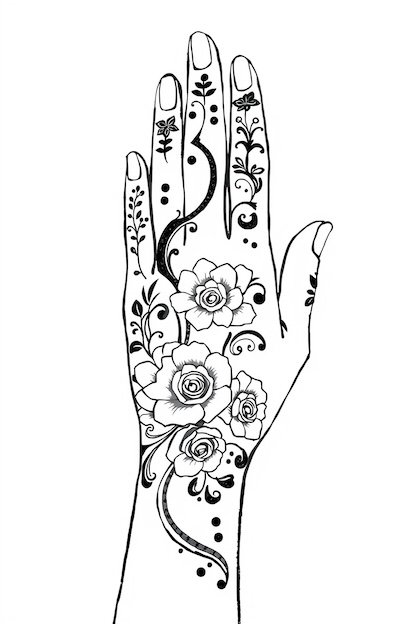
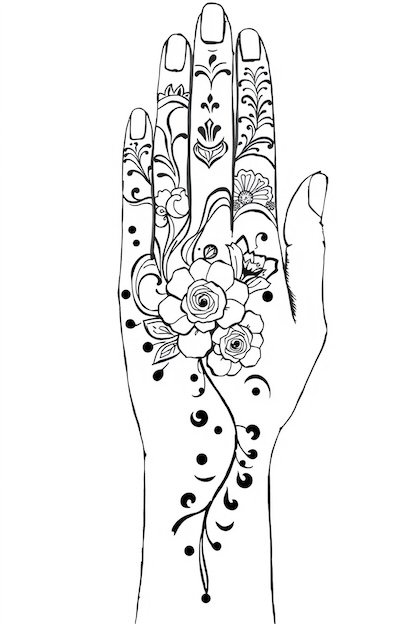
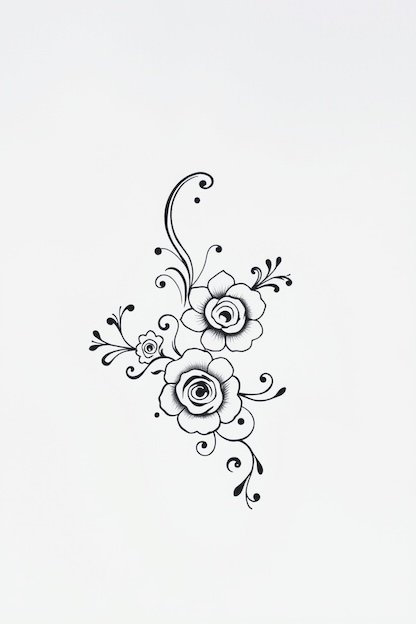
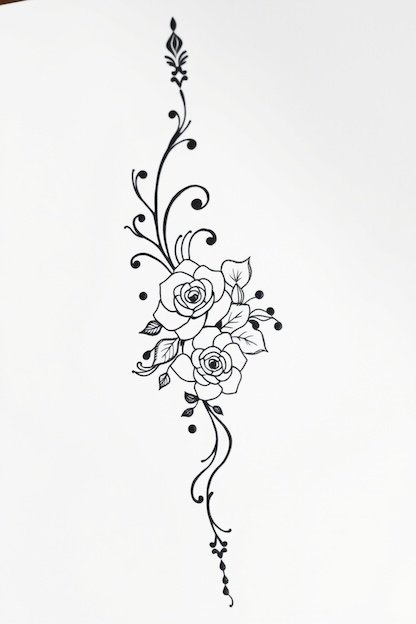
Cultural Inspirations & Symbolism
Arabic back hand mehndi designs are rich in cultural symbolism, drawing inspiration from centuries-old traditions. The large floral motifs, especially roses, are not just decorative, they represent love, beauty, and new beginnings. In many Middle Eastern cultures, henna is a symbol of celebration and protection, used during weddings, religious festivities, and other important life events.
The use of negative space is significant, symbolizing clarity and purity. Leaving parts of the skin uncovered creates a striking contrast that highlights the intricate designs.
The combination of Arabic and Indian influences results in designs that capture the spirit of cross-cultural celebrations. Personal experiences, like the joy felt at a family wedding, underscore the enduring emotional connection to this art form. Ultimately, Arabic mehndi is more than a temporary tattoo. It’s a visual celebration of heritage, artistry, and the beauty of life.
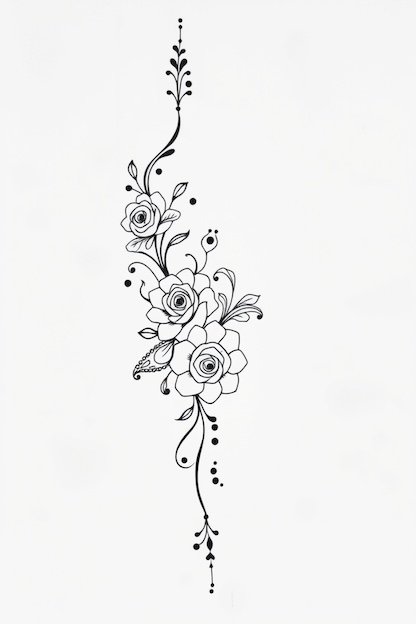
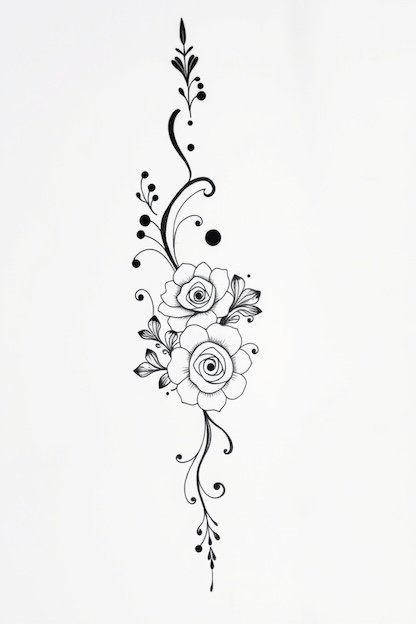
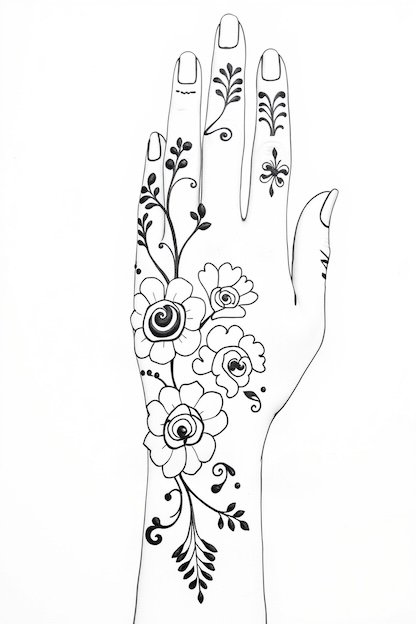
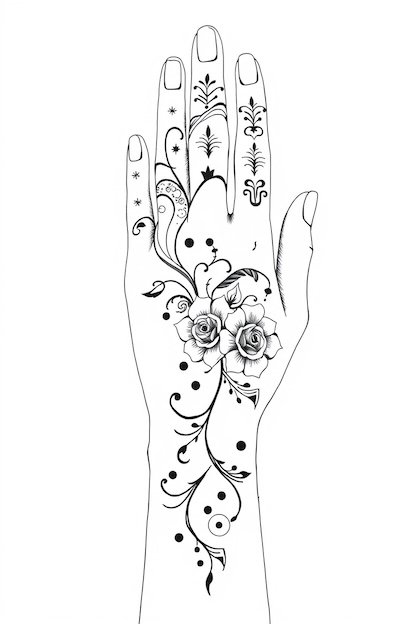
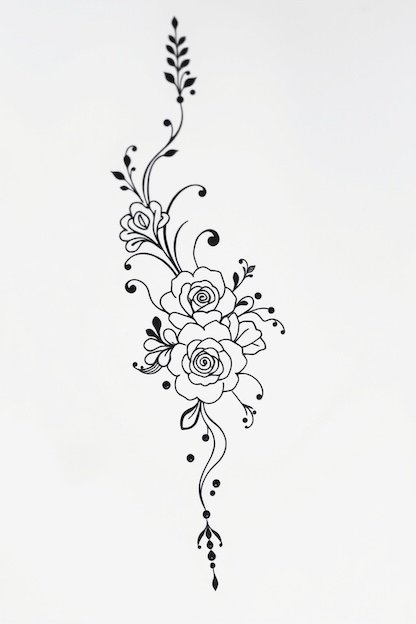
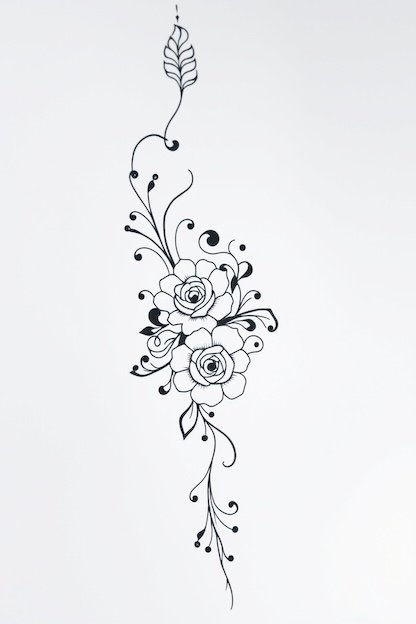
Creative Customization & Future Trends
Personalization is key in modern Arabic back hand mehndi designs. Many artists encourage you to adapt traditional motifs to reflect your personal story or style. Consider adding your initials subtly within a floral pattern or incorporating a small symbol that has personal meaning.
Experimentation with alternative henna pastes and innovative application tools is also on the rise. For example, using finer applicator cones or even exploring temporary embellishments such as glitter or safe metallic paints can transform a classic design into something truly unique. The trend of using multi-tone henna is becoming popular among those looking for a modern twist on tradition.
Looking ahead, the fusion of technology and mehndi is likely to create new trends. As artists blend digital inspiration with traditional techniques, we can expect designs that not only honor cultural heritage but also push creative boundaries. Embrace these changes, experiment with styles, and allow your creativity to flourish, ensuring that your Arabic back hand mehndi designs remain both timeless and ahead of its time.
FAQs or Common Misconceptions
Q: Are Arabic back hand mehndi designs easier to apply than other styles?
A: Yes, because it uses bold outlines and ample negative space, making it more forgiving for beginners.
Q: How long should I leave the henna on?
A: For a rich stain, leave it on for 2–4 hours, or even overnight if possible.
Q: Why does the design sometimes appear lighter?
A: Uneven staining can be due to skin oils or a short application time. Ensure your skin is clean and the paste is fresh.
Q: Can I mix Arabic with other mehndi styles?
A: Absolutely. Many modern designs blend Arabic boldness with Indian intricacy, but the key is to maintain clear, defined Arabic elements.
Q: How do I remove my mehndi?
The dye used in the application of mehndi will eventually start to fade. You may decide to remove it at that point. You can read how to do that here https://www.healthline.com/health/how-to-remove-henna.
Conclusion
Arabic back hand mehndi designs offer a perfect combination of tradition and modern aesthetics. Their bold outlines, carefully placed negative space, and iconic floral motifs make them a favorite for celebrations and casual adornment alike. This guide has walked you through the unique characteristics, current trends, and step-by-step techniques that make Arabic mehndi both beautiful and accessible. With the right tools and a bit of practice, you can create a design that not only enhances your personal style but also connects you to a rich cultural heritage. So embrace the art, experiment with your patterns, and let your hands tell a story of creativity and tradition. Happy mehndi designing!

